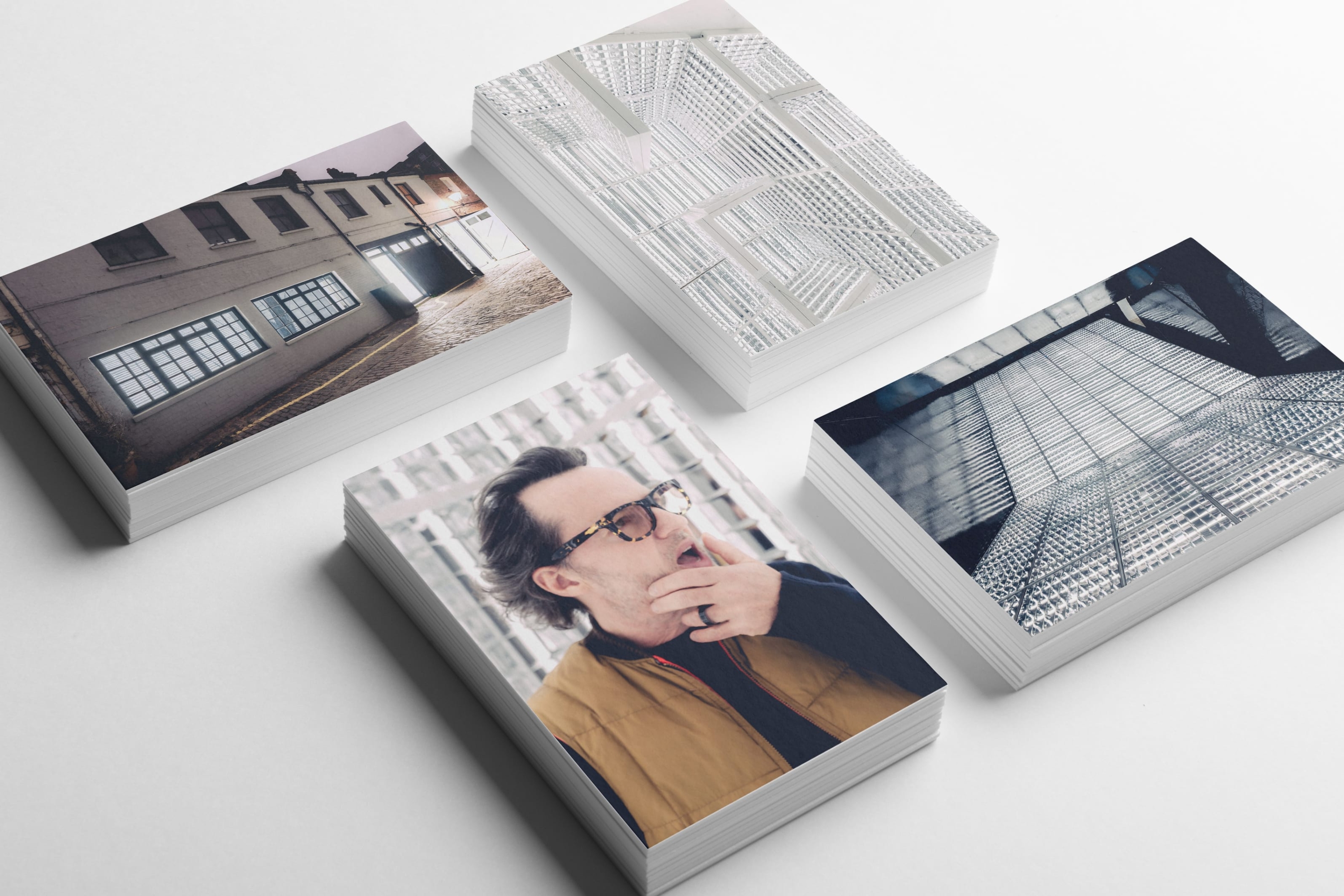As Frieze Week lights up London, the legendary show producer opens his first atelier in the city — and a new chapter that dissolves the line between stagecraft, art, and life
By Kenneth Richard
A Workshop of Light
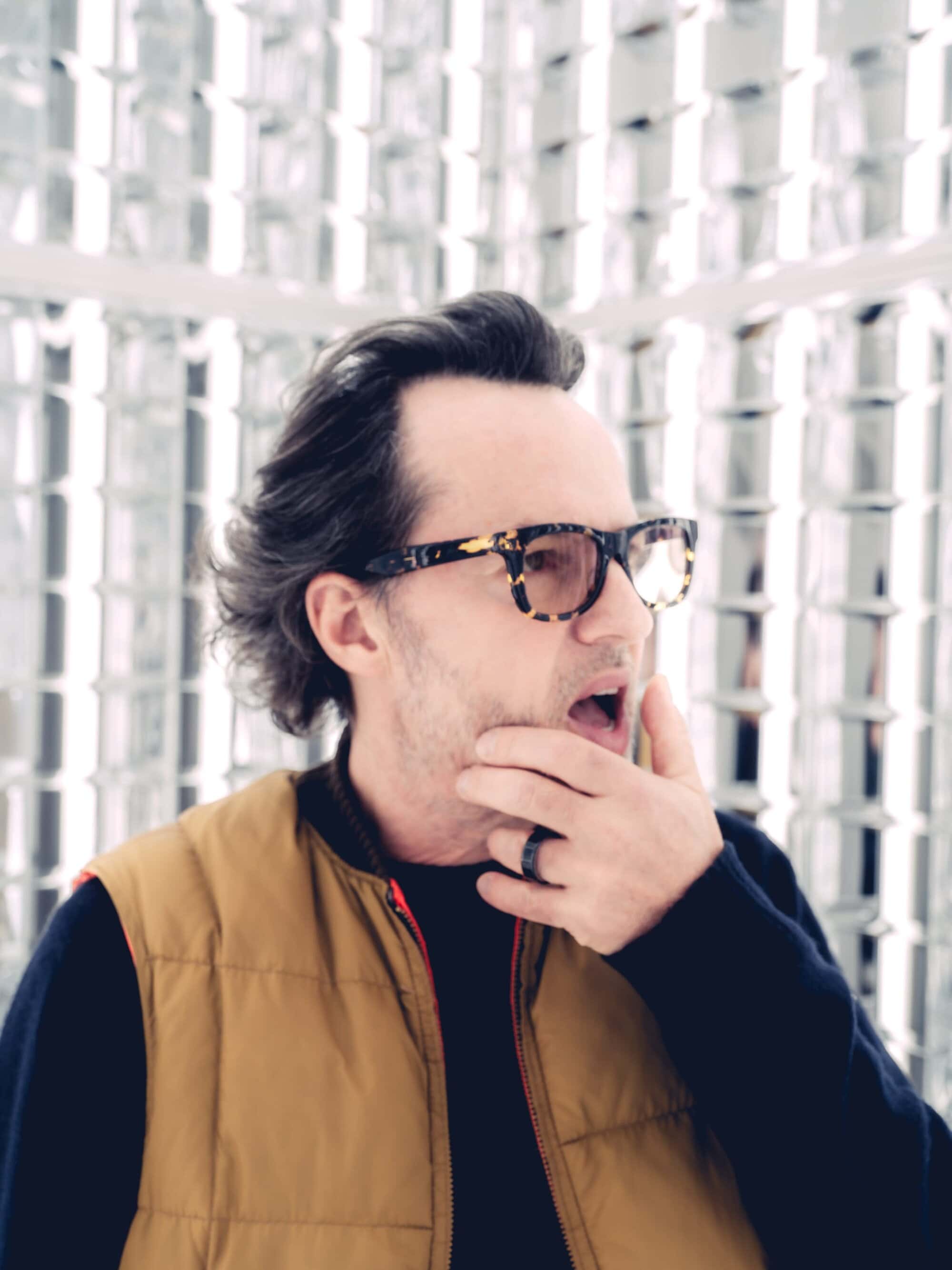
In the quiet backstreets of Marylebone, the rhythm of saws and low conversation fills the cobbled lane of Montagu Mews South. Inside a discreet brick building, Alexandre de Betak stands surrounded by cables, mirrored panels, and a small army of electricians preparing his next act — not a fashion show, but a light installation.
The man who for three decades orchestrated some of fashion’s most unforgettable moments — Dior’s mountain of flowers, Saint Laurent’s desert spectacles, Rodarte’s dreamlike theatre — is, for the first time, stepping fully into the role of artist. “It’s been exactly two years since I handed Bureau Betak over to the team,” he says, his tone calm, his eyes amused by the chaos around him. “I thought I would let them run the everyday — the shows, the essence of what I thought was my life’s work. And I decided then to dedicate myself to my personal creative life, my dreams, and my obsessions.”
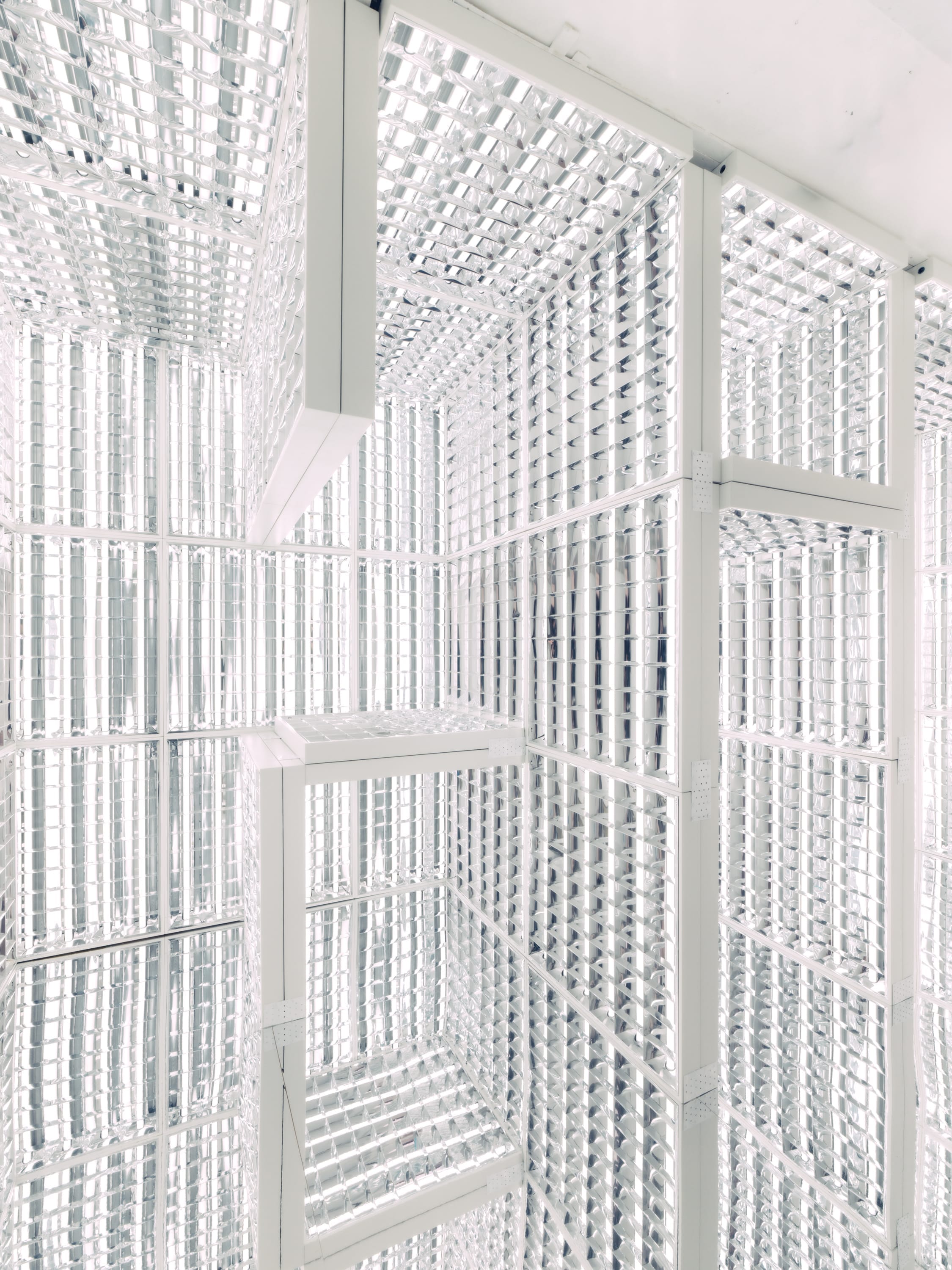
The atelier will serve as both studio and living installation — an evolving environment open by appointment through the end of the month. “I’ve always worked with my obsessions,” he continues. “For years, I created environments for a purpose — for a collection, for a client. Now I want to create them for no purpose at all, other than to exist.”
He smiles.
Sometimes I feel like saying, I do the same thing I’ve always done — I just remove the beautiful girl who was walking in it.
Reinvention, Not Retirement
De Betak is not retreating from the fashion world; he’s rewriting his role within it. The creator who once defined how a show should feel is now asking what happens when you remove commerce from the equation. “I want to see the space itself — its reflection, its rhythm — as the subject.”
The choice of London as his base feels deliberate. “I’ve lived my life between Paris, New York, and Majorca,” he explains. “I wanted to experience something new. London intrigued me — many people left after Brexit, and I found that interesting. Moments of change are always moments of possibility.”
He discovered the mews — once stables and staff quarters behind grand houses — by accident. “When you walk here at night, the lights turn on and it feels like a timeless movie set. There’s history, contradiction, and that’s what I love.”
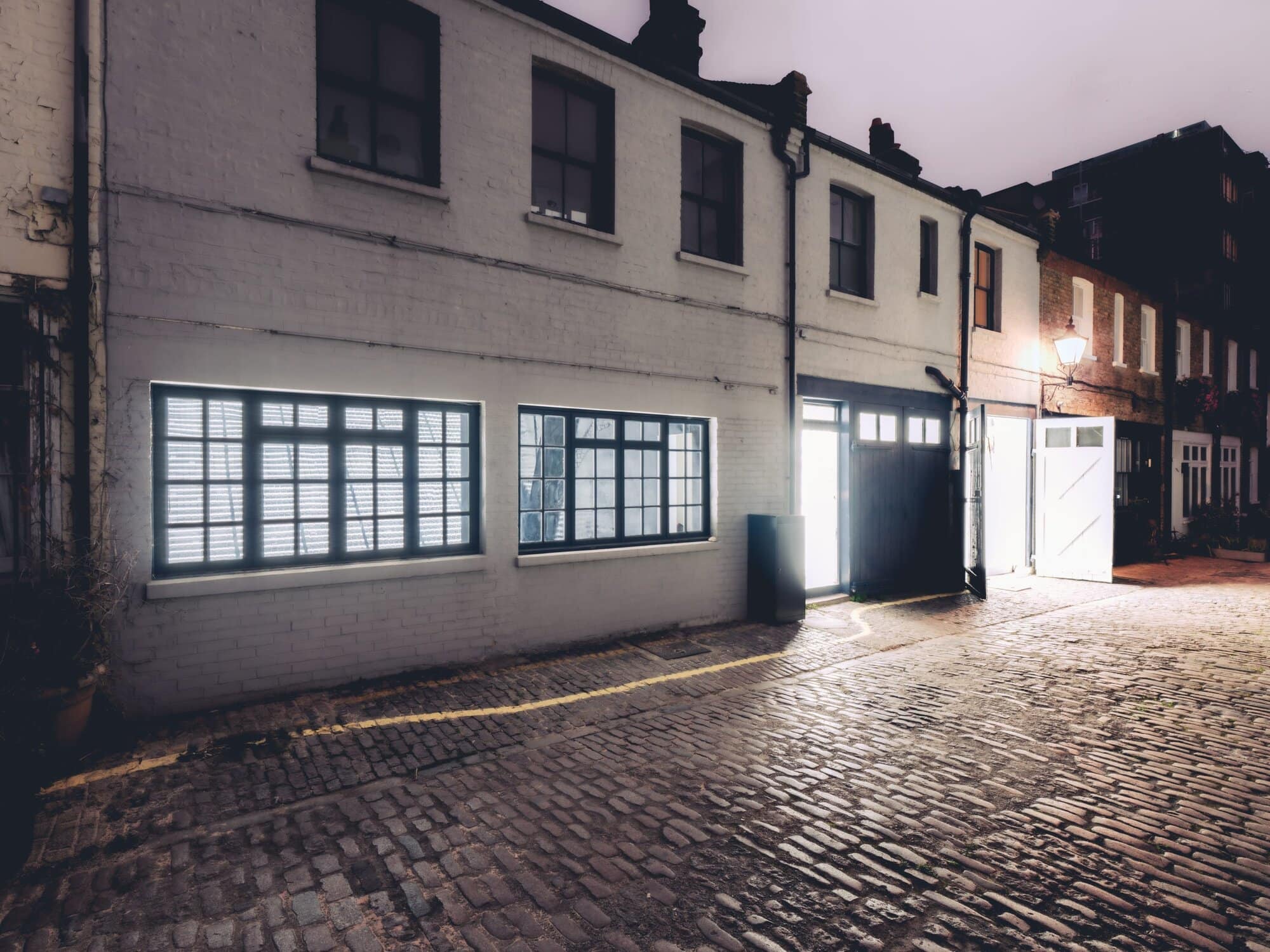
That duality — timelessness and disruption — has defined his work since his early twenties. After cutting his teeth on Sybilla’s poetic shows in Madrid, he moved to New York in the early 1990s, just as American fashion was entering its first creative boom. “It was a moment,” he says. “A moment of new energy. I’ve always been drawn to those.”
From there, he built Bureau Betak, a studio that turned runway shows into sensory experiences. Under his direction, a Dior collection might unfold inside a living sculpture; Rodarte might emerge through mist and shadow; Jacquemus might stage a dream in lavender fields. “I’ve spent most of my life designing moments,” he says. “Moments in time and space.”
The Independents: Incubating the Future
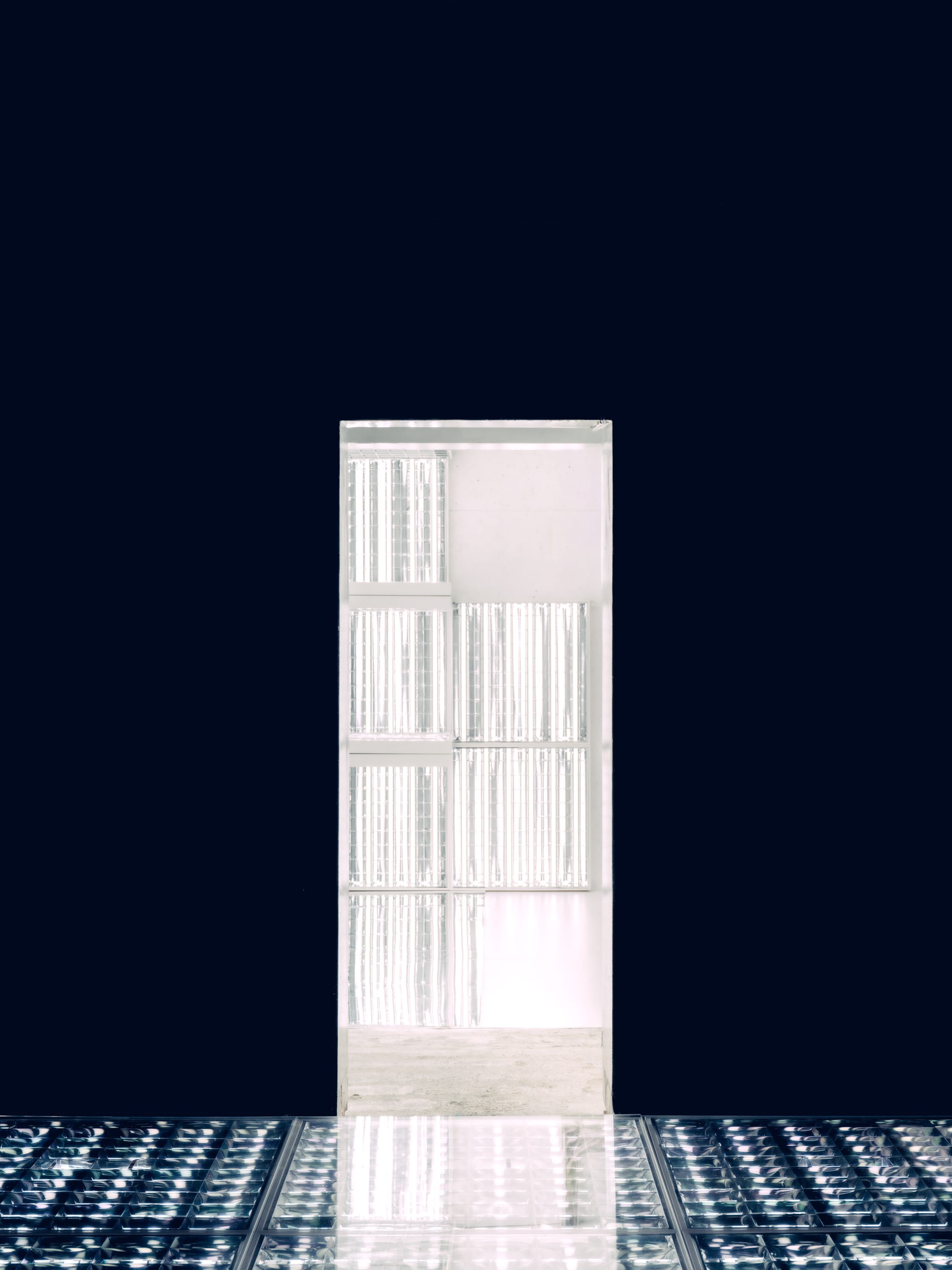
Even as he steps into personal work, de Betak remains embedded in The Independents — the global collective of twenty leading creative agencies that includes Karla Otto, Bureau Betak, and Lucien Pagès Communication. Within it, he oversees L’Incubateur, a program he conceived to nurture new voices in the luxury ecosystem.
“One of the reasons we started L’Incubateur,” he explains, “was to find ways for young creative entrepreneurs to enter an industry that has become almost impossible for them to access.” He pauses. “Fashion shows now cost millions. Nobody wants to take a risk on a new studio. But if you don’t renew the creative bloodstream, you lose vitality.”
The initiative has already backed two early projects: the Paris-based design duo Matière Noire and The Outsiders Perspective, a London consultancy founded by Jamie Gill to diversify leadership in fashion and luxury. “I believe the ideas that truly move culture come from environments with a diversity of lived experience,” de Betak says. “The Outsiders Perspective’s approach to talent can change the composition of our industry for the better. These are the kinds of visions we want to support.”
He sees it as a continuation of his life’s work — curating creative possibility, just now from a different vantage point.
I’ve always believed in a boundary-less artistic world. Creative disciplines should collide — not compete. Whether it’s architecture, design, or light, it’s all the same language of expression.
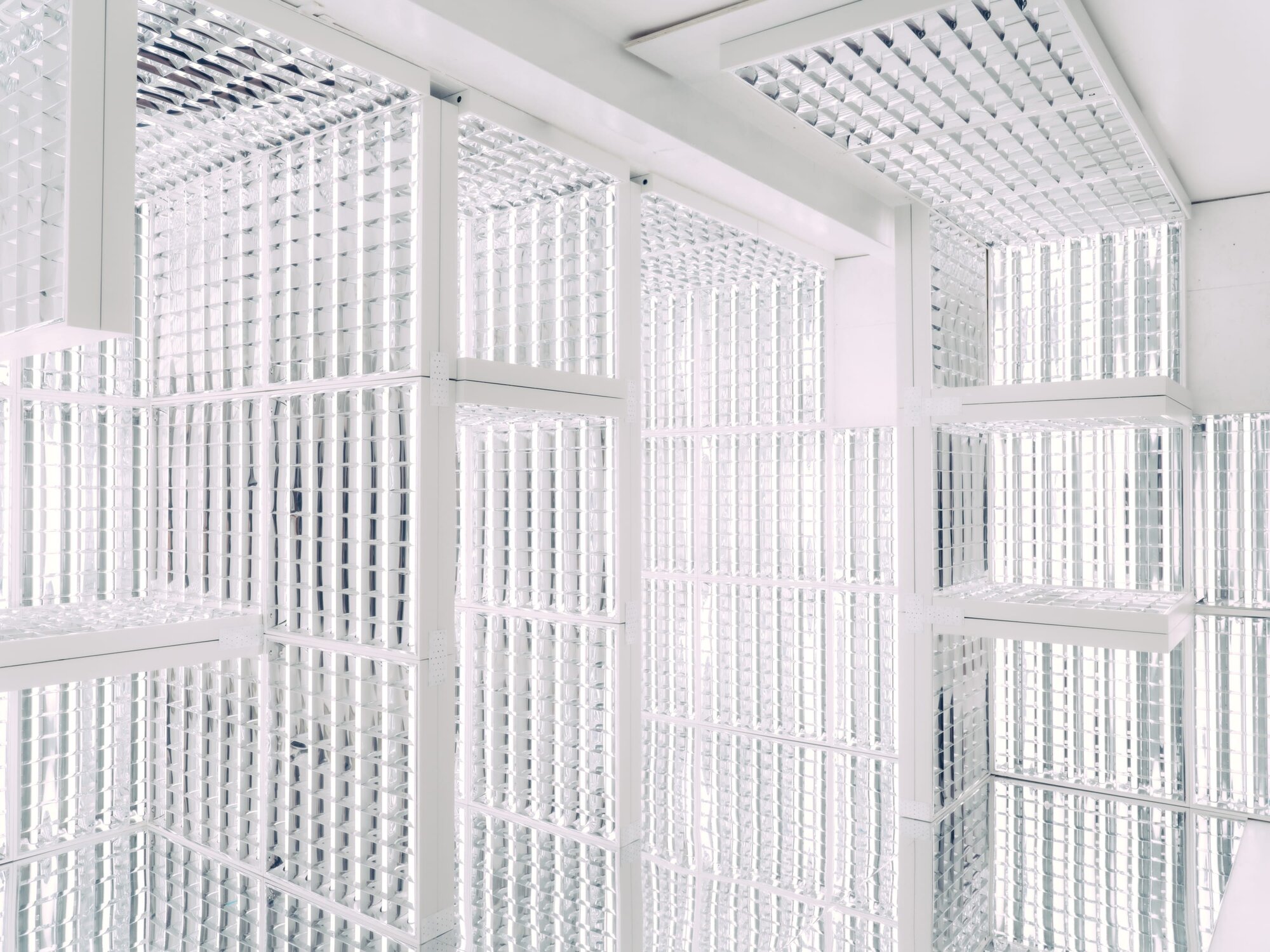
London, Light, and the Long View
As we talk, the room begins to light up; a grid of LEDs pulses softly to life. Reflections multiply across panels, shifting from violet to white. The structure — his first independent installation — feels cinematic and intimate, an echo of the atmospheres he once created for others.
“I wanted to do something radical in a place with history,” he says. “The mews are old, historic, and very British — so I decided to fill them with something entirely new, alive, and changing.”
For him, London represents both distance and return.
Every decade, creativity seems to start here. From Punk to New Wave to New Romantics to the Young British Artists — it all begins in London, then travels to Europe, then America, and finally, the world. Maybe it’s the language, maybe it’s the island spirit, but this city has always been an incubator.
His own incubator — the literal one within The Independents and the metaphorical one he’s building in his atelier — echoes that tradition. “I think we all deserve many lives,” he says. “One of the privileges of starting early is that you get to change course sooner. To have another life.”
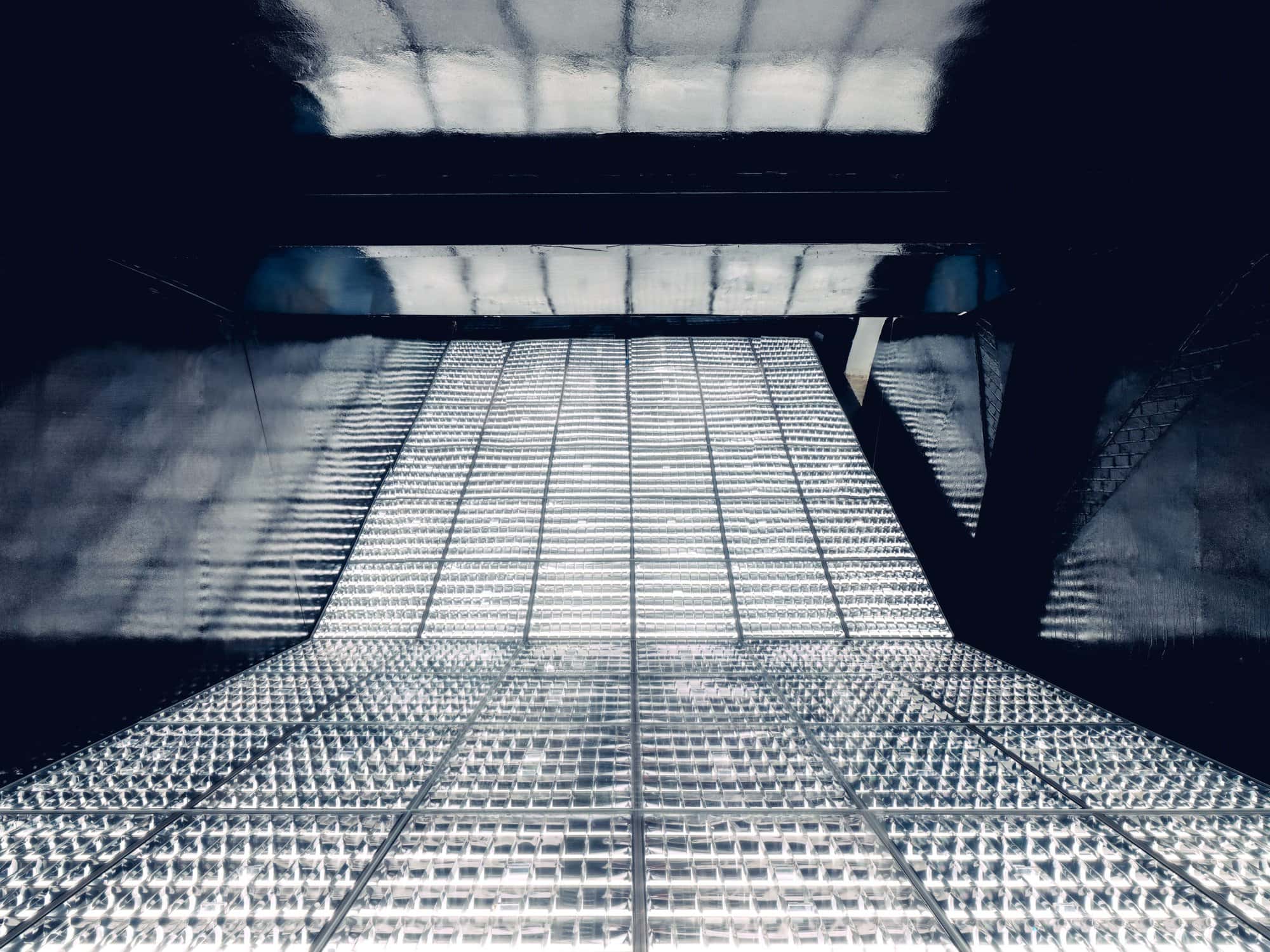
And as for Bureau Betak? He speaks with genuine affection. “It was hard to give up, yes, but the team is extraordinary. They’re doing a fantastic job. I wanted them to run it freely. It doesn’t need me hovering. That’s part of the beauty of letting go.”
When asked if his work now should be called art, architecture, or design, he shrugs. “I don’t care about labels. People always want to put you in one box, but I think we can live in many at once. I also love cooking,” he adds with a grin. “To me, it’s the same category.”
As the installation around him flickers into full light, the effect is hypnotic — a quiet constellation of reflection and refraction, a runway for no one but the viewer.
“I suppose I’m still designing frames,” he says at last. “Only now, the frame is the subject.”
The Next Frame
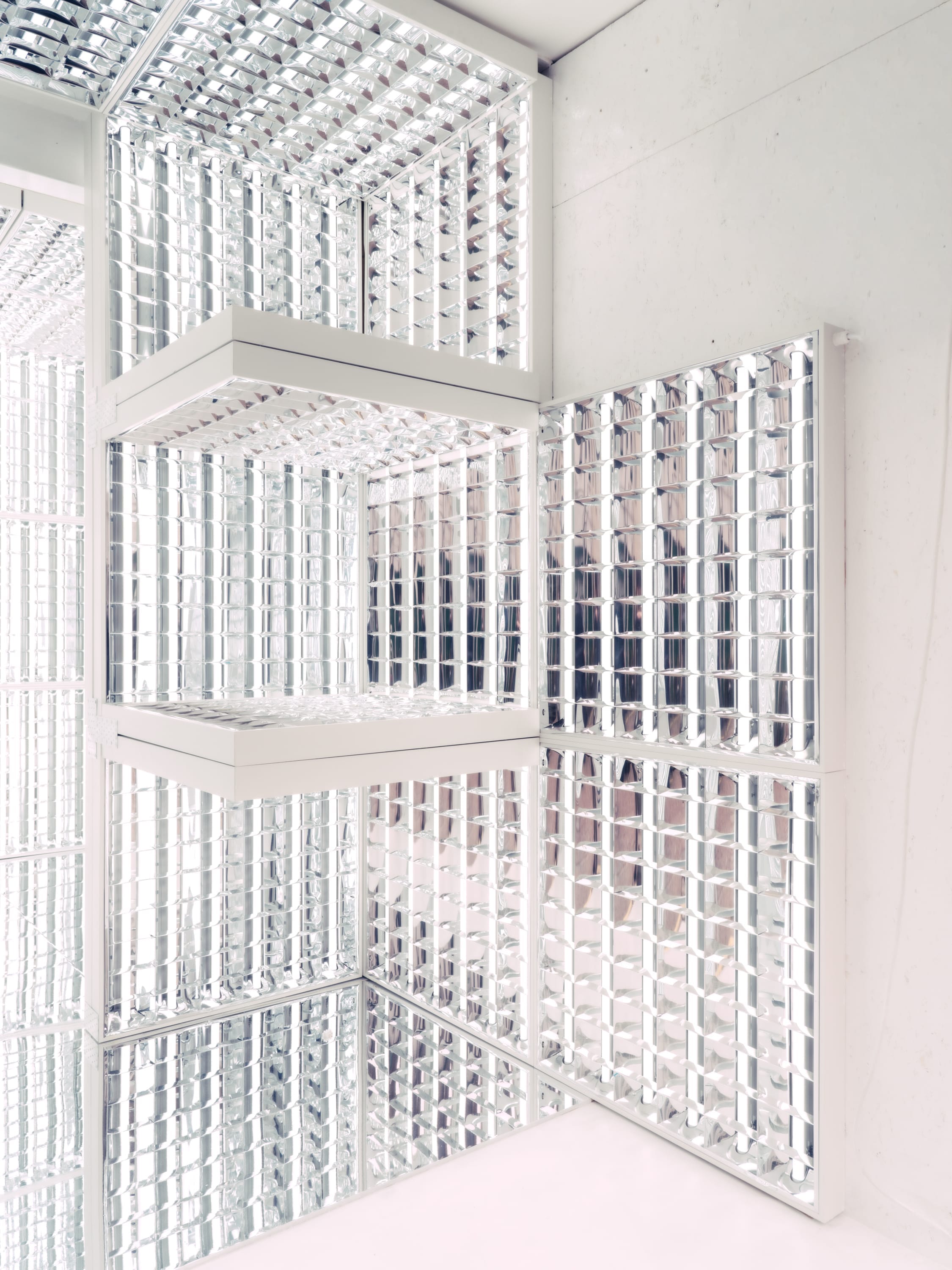
As twilight settles over Montagu Mews South, the faint hum of transformers fills the atelier. De Betak’s light installation comes alive — a shifting play of reflection and shadow, rhythm and pause. It feels both precise and spontaneous, as if the architecture itself were breathing.
“I’ve spent my life designing frames for others,” he says, looking out toward the mirrored walls. “Now the frame is the subject.”
The piece, like de Betak’s own career, resists classification — part sculpture, part set, part experiment in perception. There’s no runway, no seating chart, no applause. Just light, movement, and space — the essence of spectacle, stripped bare of spectacle.
If his fashion shows once invited audiences to dream, this new work invites them to stand still and see. And perhaps that’s the most de Betak thing of all: to turn even reinvention itself into an art installation.
Photos | Jack Orton
